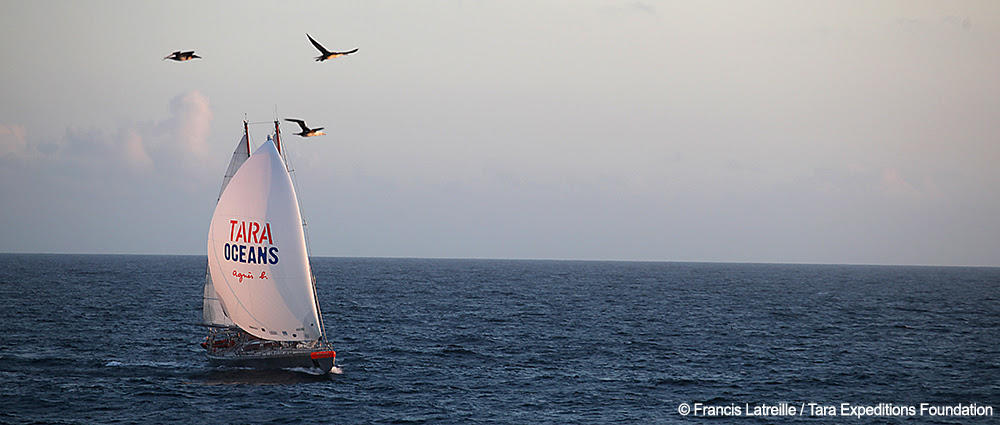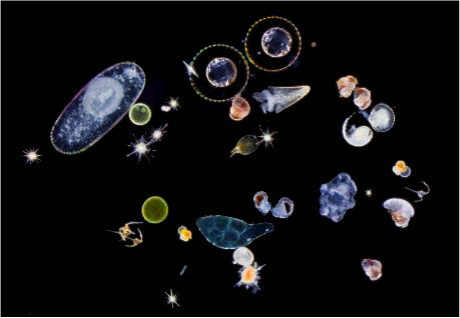
The largest gene catalogue linked to an ecosystem
In order to address this shortcoming and define the conditions of expression of these genes, researchers from the Genoscope at the CEA, the CNRS, EMBL and the ENS, have just created the largest gene catalogue ever compiled for a planetary ecosystem. Comprising around 117 million different sequences, this catalogue has been created thanks to the isolation of the genes expressed in over 400 samples collected during the expedition. This massive DNA sequencing approach without the isolation of organisms is called metatranscriptomic. It has enabled the observation of genes expressing themselves in specific ecological conditions. For example, it makes it possible to demonstrate that numerous organisms use different genetic responses depending on the concentration of iron in the environment. The researchers have been able to determine the genes involved according to the groups of species.

Millions of genes whose role is still unknown
This study also reveals a particularly high proportion of genes whose biological functions remain unknown, and which represent over half of the catalogue obtained. It appears that these genes - with no defined function - express themselves first and foremost in a small number of environmental conditions. They could provide a functional explanation of the immense diversity of the organisms observed in the oceanic plankton.
Which genes for which life functions?
Even though the function of the planktonic genes can henceforth be studied globally using this catalogue, the organisms to which they belong still remain to be identified. In a second article, the Tara Oceans researchers characterise the genomes of several major organisms in the environment but which, for the moment, are impossible to cultivate. Individual cells were sampled and preserved during the expedition, and their DNA was sequenced using the 'single-cell' genomics methods being developed. Consequently, it has been possible to attribute numerous genes observed in the catalogue to very tiny organisms (less than 20 micrometres) feeding off algae and bacteria, and forming a fundamental intermediary stage in the food chain. This analysis has revealed a diversity of unexpected functions, an indicator of the specialisation within this compartment of the plankton.

How has the ocean evolved, how does it work?
Thanks to this work, small organisms that are more complex than the bacteria that form most of oceanic plankton are beginning to be unveiled. It opens up numerous opportunities to understand oceanic ecology with the help of sentinel genes. Among other things, it is becoming possible to study the major biogeochemical processes of the ocean based on the expression of these markers. Finally, an understanding of the evolutionary and ecological mechanisms of the ocean ecosystem now seems within the reach of research, by using all of the resources in species, genes and expressed genes provided by Tara Oceans.
From genes to major physical equilibria
Put in place by the 22 laboratories involved - and mainly attached to the CEA, CNRS, EMBL, ENS - and the Tara Expeditions Foundation, Tara Oceans is continuing to provide major elements to describe the role of the ocean in the global climate 'machine'. In order to connect the oceanic genes to global physical phenomena such as the climate, the researchers still need to understand in which conditions the genes express themselves or not, and to which organisms they belong. The horizons opened up by this expedition are ever-broadening.

